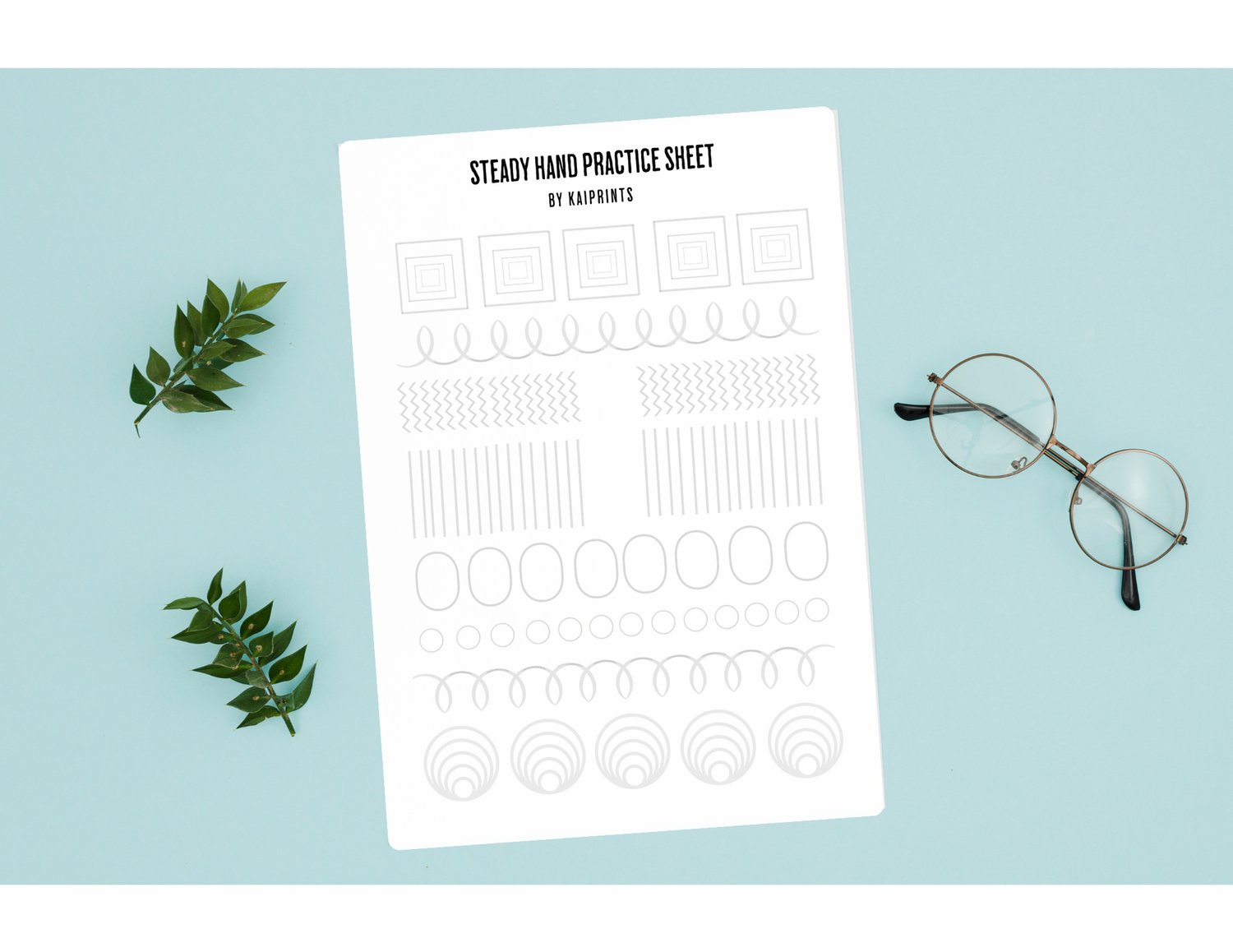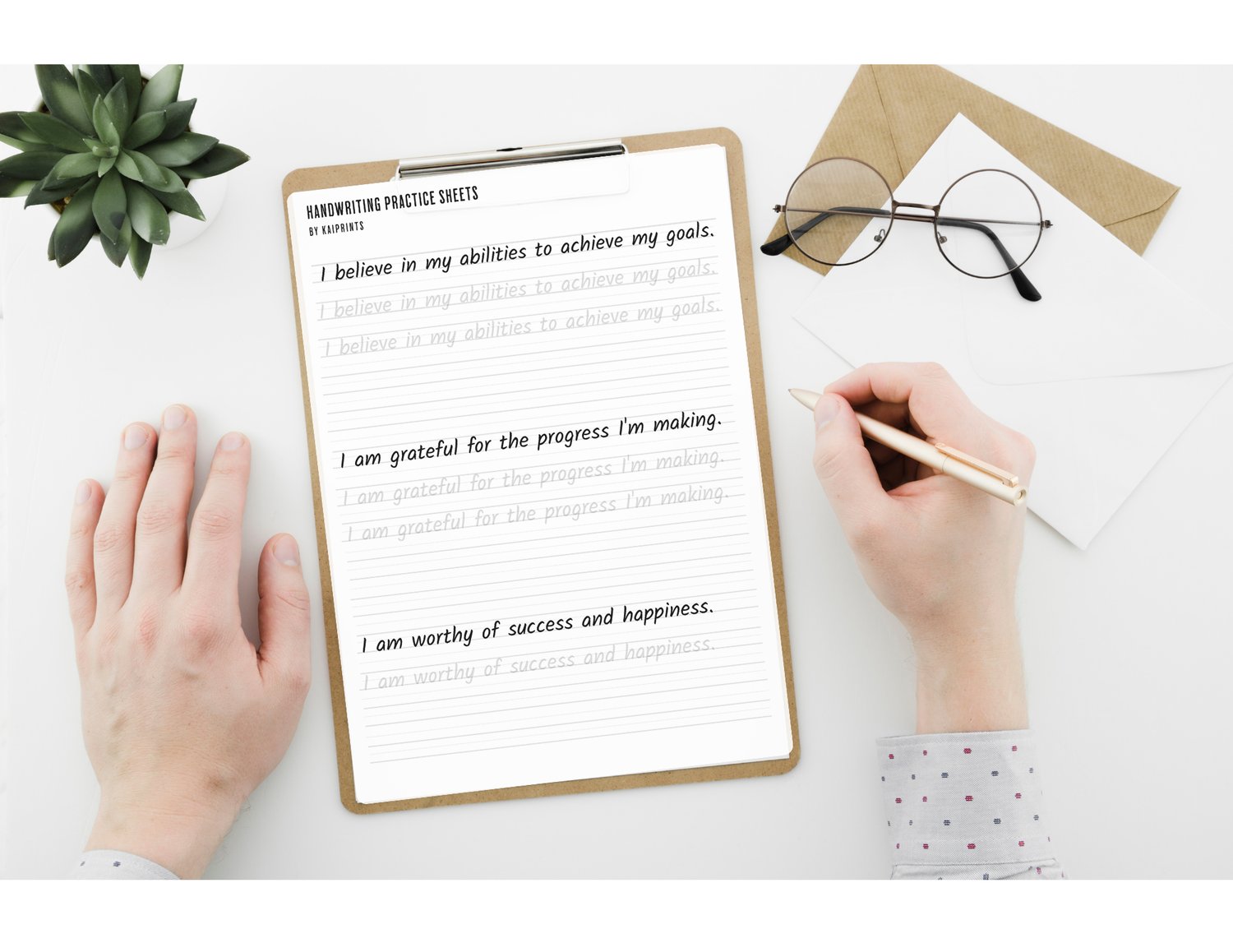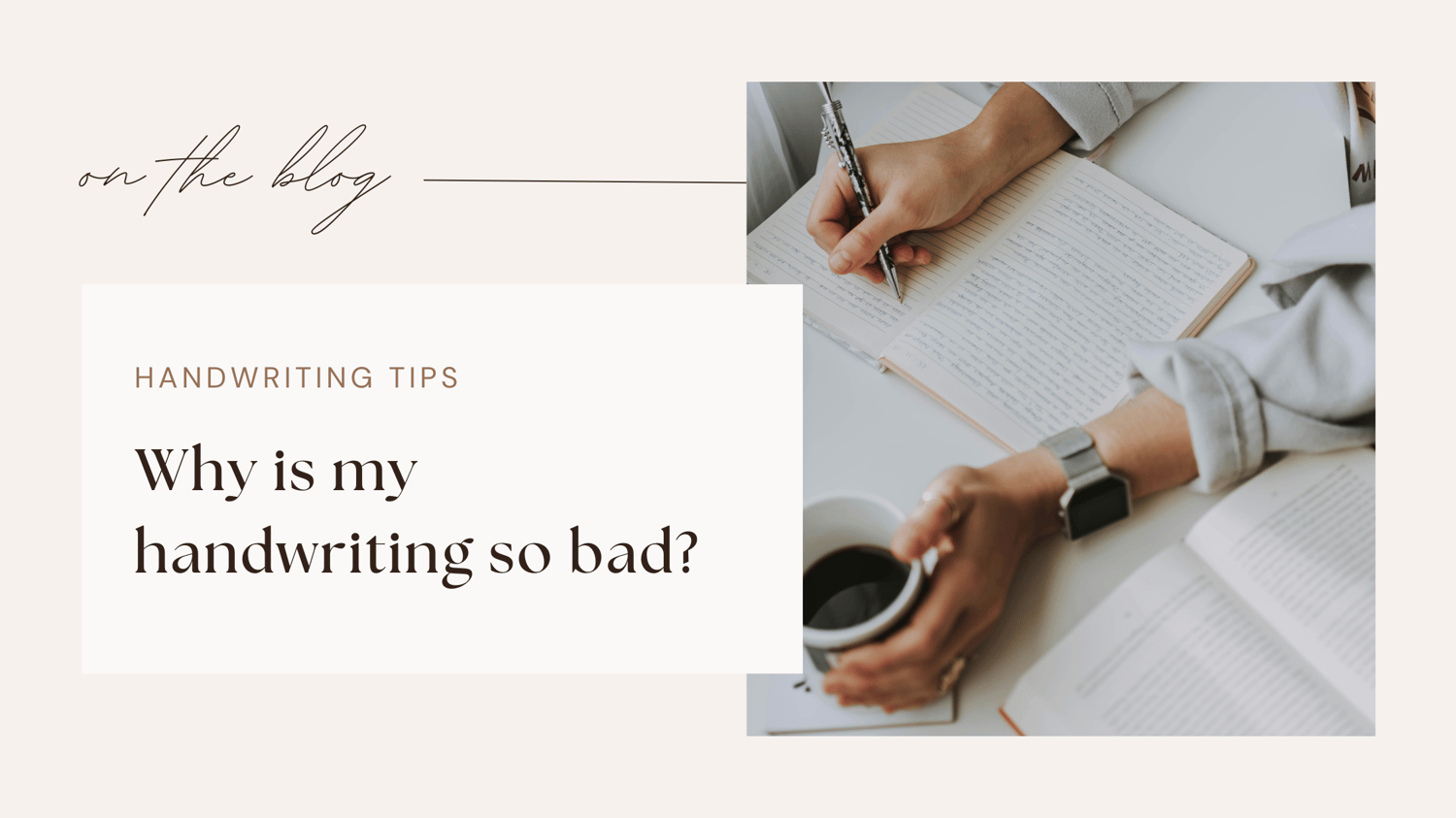Ever wonder why your handwriting just doesn’t look the way you want it to? You're not alone many people struggle with penmanship, but the good news is, it’s totally fixable! Handwriting is a personal and unique form of expression, yet many individuals find themselves dissatisfied with their penmanship.Understanding the factors contributing to poor handwriting and exploring effective strategies for improvement can lead to more legible and aesthetically pleasing writing.
Common Reasons for Poor Handwriting
- Fine Motor Skill Challenges: Handwriting requires precise movements involving small muscle groups. Difficulties in fine motor skills can result in irregular letter formation and spacing.
- Lack of Practice: In an era dominated by digital communication, less frequent handwriting can lead to diminished penmanship skills.
- Improper Grip and Posture: Holding the writing instrument incorrectly or maintaining poor posture can cause discomfort and negatively impact handwriting quality.
- Cognitive Factors: Conditions such as ADHD or dysgraphia can affect handwriting clarity and consistency.
Strategies to Improve Handwriting
- Strengthen Fine Motor Skills: Engage in activities like drawing or using stress balls to enhance muscle control. These steady hand practice sheets are great for improving fine motor skills as they help you practice handwriting strokes, which are needed to master good penmanship.

- Consistent Practice: Regular handwriting exercises can reinforce muscle memory and improve letter formation. Set aside dedicated time each day to practice handwriting .It could be just 15 minutes of practice each day before your bed time.

- Correct Grip and Posture: Ensure a relaxed grip and sit with proper posture to facilitate smoother writing movements. Holding the pen correctly and maintaining a relaxed posture are essential for smooth, legible handwriting. An improper grip can cause hand fatigue, making writing messy and uncomfortable. Sit with your back straight, feet flat on the floor, and paper angled slightly for better control.

- Use Structured Workbooks: Guided practice materials can provide structured ways tailored to improving handwriting. Handwriting workbooks provide targeted exercises to improve letter formation, spacing, and consistency. These resources offer step-by-step activities that build muscle memory, helping users achieve more legible writing.

The neat handwriting workbook mentioned in this blog can be found on our website.
In conclusion, while poor handwriting can stem from various factors, understanding these causes provides a pathway to improvement. With dedication and appropriate interventions, legibility and confidence in handwriting can be achieved.
Keep practicing, stay patient, and watch your penmanship shine!
See you next blog!
Kaiprints

